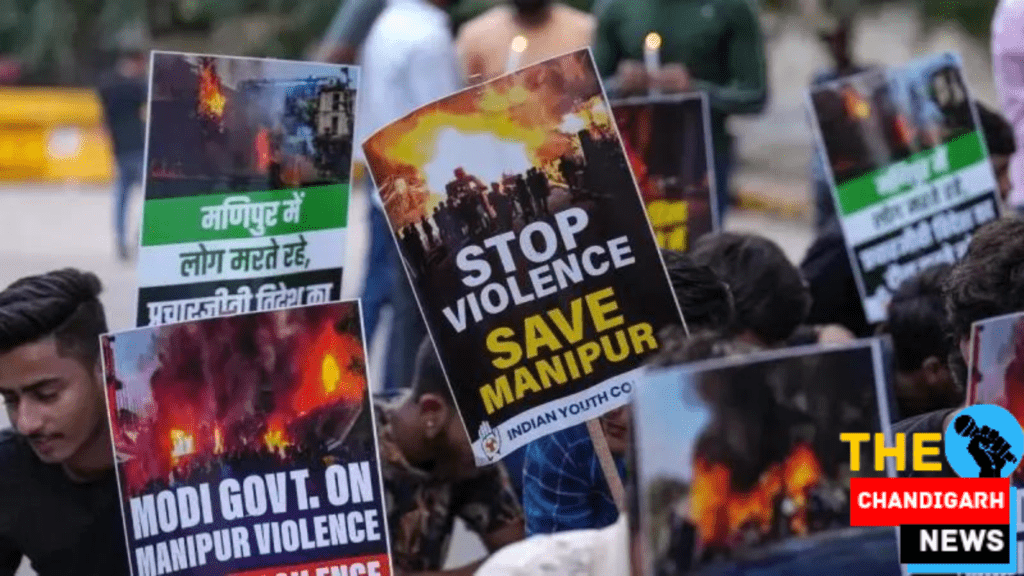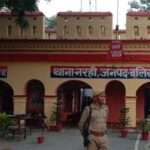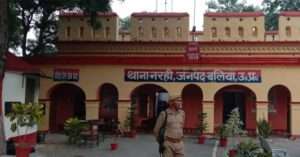ManipurViolence, a picturesque state in northeastern India, has experienced periods of violence and unrest that have deeply impacted its people. The recent outbreak of violence, known as the “Manipur Violence,” has raised questions about the underlying causes and factors contributing to the situation. This article delves into the historical context and various elements that have led to the Manipur Violence.

2. Historical Context of Manipur
To understand the present situation, it is essential to explore Manipur’s historical backdrop. The state has a rich heritage, with a diverse cultural tapestry woven by various communities and ethnic groups. However, historical events, including invasions and political changes, have left a lasting impact on the region’s social fabric.
3. Factors Leading to Manipur Violence
The Manipur Violence cannot be attributed to a single cause, but rather a combination of complex factors that have simmered over time. Several significant factors have contributed to the unrest in the region.
3.1 Socioeconomic Disparities
One crucial factor contributing to the violence in Manipur is socioeconomic disparities. The unequal distribution of resources and opportunities has created tension and frustration among different communities. Marginalized sections of society often feel neglected, leading to social unrest and grievances.
3.2 Ethnic and Tribal Tensions
Ethnic and tribal diversity, which is a unique aspect of Manipur’s identity, has also been a source of tension at times. Interactions between different ethnic groups have sometimes resulted in conflicts, further complicating the region’s stability.
3.3 Insurgency and Militancy
The presence of insurgent groups and militant organizations in Manipur has been a significant challenge for the state’s security and governance. The ideological and political motivations of these groups have added to the complexities of the situation.
4. Human Rights Concerns
The Manipur Violence has also raised serious human rights concerns. Incidents of violence against civilians, extrajudicial killings, and lack of accountability have been reported. Protecting human rights and ensuring justice for affected individuals is crucial for lasting peace.
5. Media’s Role in Shaping Perception
The media plays a vital role in shaping public perception and understanding of the Manipur Violence. Accurate and unbiased reporting is essential to ensure that the complexities of the situation are adequately conveyed to the public.
6. Government Response and Investigations
The government’s response to the Manipur Violence has been closely scrutinized. Timely and effective action, along with transparent investigations, is crucial to restore faith in governance and address the root causes of the violence.
7. Efforts for Peace and Reconciliation
Despite the challenges, various stakeholders have been making efforts towards peace and reconciliation in Manipur. Civil society, local communities, and government agencies have engaged in dialogue and initiatives to promote understanding and cooperation.
8. Conclusion
The Manipur Violence is a complex issue that demands a multi-faceted approach for resolution. Addressing socioeconomic disparities, ethnic tensions, and insurgency requires a concerted effort from all stakeholders. Upholding human rights and fostering open dialogue will be essential to achieving lasting peace in the region.
FAQs
- Q: Is the Manipur Violence a recent development?
- A: While the recent outbreak of violence has gained attention, Manipur has faced sporadic incidents of violence over the years.
- Q: How can the government address the root causes of the violence?
- A: The government can focus on inclusive policies, effective governance, and addressing socioeconomic disparities.
- Q: Are there ongoing efforts for peace in Manipur?
- A: Yes, various stakeholders are actively engaged in initiatives for peace and reconciliation in the region.
- Q: How can the media contribute positively during such incidents?
- A: The media can provide accurate and unbiased reporting to inform the public and avoid sensationalism.
- Q: What can individuals do to support peace-building in Manipur?
- A: Individuals can promote understanding and empathy among communities, and support initiatives that aim for peace and harmony.











Wow, superb blog layout! How long have you ever been running
a blog for? you made running a blog glance easy.
The total glance of your website is great, as neatly as the content material!
You can see similar here sklep internetowy